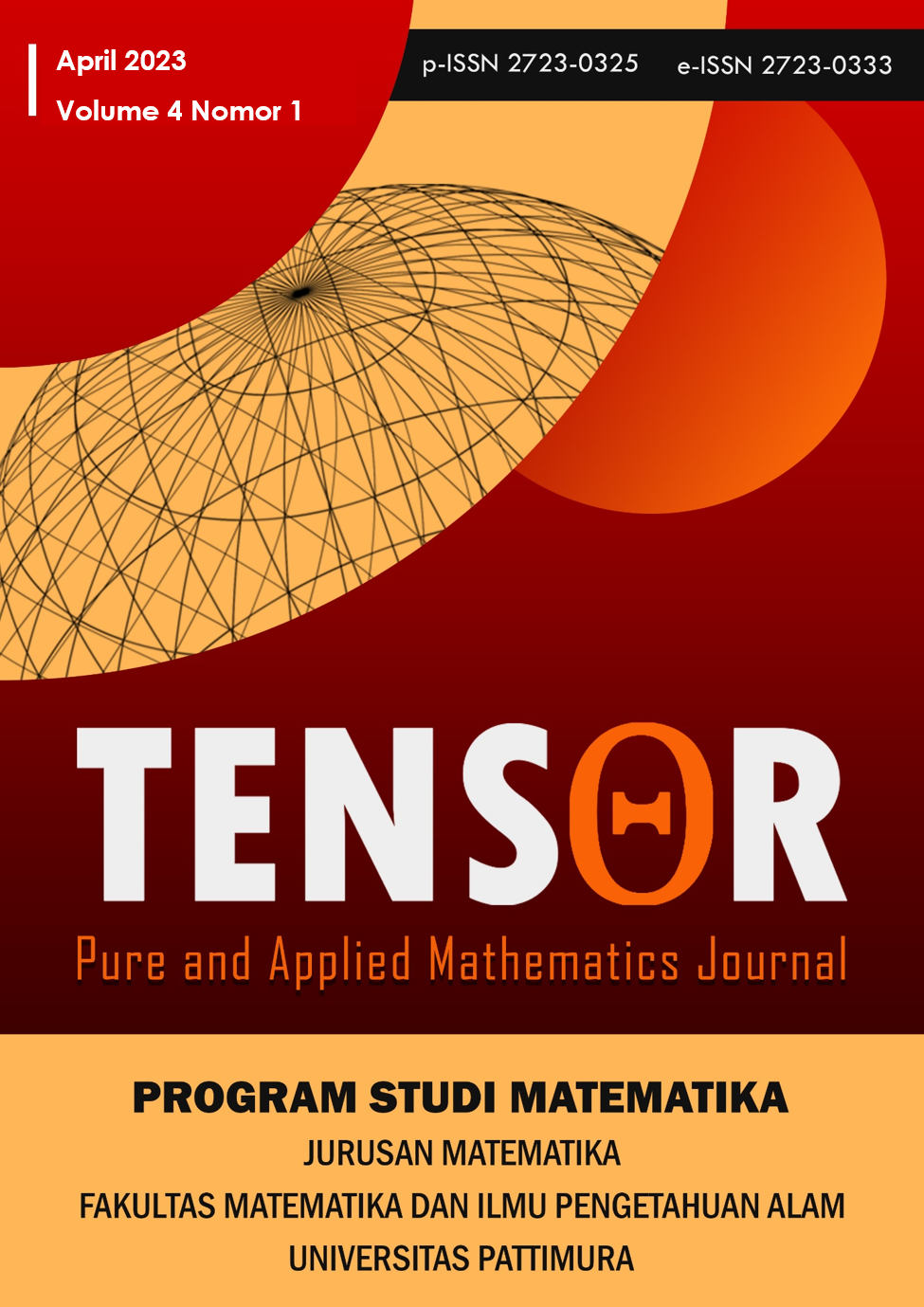Penerapan Metode SVM Untuk Deteksi Dini Penyakit Stroke (Studi Kasus : RSUD Dr. H. Ishak Umarella Maluku Tengah dan RS Sumber Hidup-GPM)
Main Article Content
Abstract
Stroke is a significant health problem in today's modern society. Early detection of stroke usually takes a long time. To prevent the risk of a significant disabling stroke, it is good to pay attention and recognize the symptoms of a stroke early on. In this study, the Support Vector Machine (SVM) method was used to detect stroke based on risk factors for stroke consisting of blood pressure, age, LDL, and blood sugar. Based on the results obtained, the nonlinear SVM method has a better level of accuracy than the linear SVM. This is because of the two data-sharing schemes, the linear SVM only has an accuracy rate of 81.25%, while the nonlinear SVM has an accuracy rate of 84.38%. Especially for the nonlinear SVM, the RBF kernel has a better level of accuracy than the polynomial kernel. This can be seen from the results of testing the two data sharing schemes, the RBF kernel has the best results, namely the highest accuracy rate of 84.38% and 84% respectively

